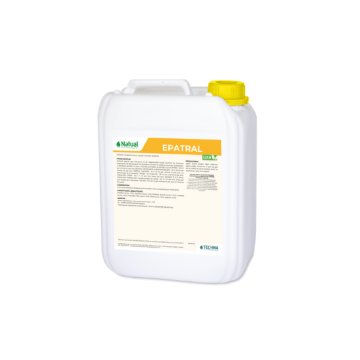The production of high-quality milk is key to a dairy farm’s profitability. Somatic cell counts contained in milk can provide an accurate evaluation of the milk's overall quality. Thanks to new sustainable methods, it is now possible to better control the somatic cell count in milk. The first stage of this approach consists of clearly identifying the origins of bacteria involved in this process; the second stage requires determining their mode of transmission; eventually, it is possible to interfere on cell counts by using original solutions. How to contain cellular levels in milk for better prevent upcoming udder infections?
The somatic cell ratio is a health and technological indicator of milk quality. The higher the number of somatic cells in milk, the more likely the risk of udder contamination. This tool is used by farmers to identify weak animals within a farm and by dairy processing plants to determine the quality of the milk they receive. Somatic cells are either immune cells or epithelial cells that detach themselves from mucosa during milking. Immune cells produced with diverse origins are able to destroy the bacteria causing udder infection. These infections are often referred to as mastitis, showing easily some udder physical changes, such as redness or swelling, and milk curds. If there are no obvious changes, we are most likely dealing with subclinical mastitis.
Subclinical and clinical mastitis generally have similar causes.
These bacteria stem from two factors:
- Environment (manure, litter ...): in this context, we talk about germs of the atmosphere or ambient germs. These are often the origin of clinical mastitis.
- Cows’ udder: reservoir or udder germs are the main concern in this case. Bacteria are passed on from one cow to another because of their contagious nature. These types of bacteria often reflect a lack of hygiene during the milking process. Teatcup liners, mops or even breeders’ hands are all potential vectors of transmission.
When the infection is regulated by the cow's immune system cells, an elevation of cellular levels is observed. If we cannot contain the infection in due time in the presence of strong pathogenic bacteria, clinical mastitis occurs. It is reflected by a significant cell increase, inflammatory physical changes and milk appearance degradation.
If the pathogenicity is low, the bacterium anchors itself deeply into the udder’s skin and starts developing. In such a case, we are dealing with long-term mastitis, or chronic subclinical mastitis. This means that cell levels will remain high for a long period of time.
Any action taken should aim to reduce all external and internal sources of infection. First, the whole livestock must undergo a bacteriological study. This operation is undertaken on cows that have not been treated with antibiotics, and their milk must present a high cell level. This can allow us precisely to determine the nature of bacteria present in the udder and, therefore, the exact origin of contamination.
If the udder is involved, it is important to limit contamination risks during the milking process: disinfection of teatcup liners if these have been used to milk a contaminated cow; replacement of udder towels; vigilance against any possible dysfunctions of the milking machine.
In cases of contamination stemming from environment reservoirs, any potential source of contamination in cows’ laying areas has to be limited.
Limiting the risks of infection means that the cow’s hepatobiliary system must function well. Any aggression of the liver, a purifying and detoxifying organ, is likely to impact an animal's natural immune system. Before anything is undertaken, it is essential to act on draining cow’s elimination pathways of waste matters. An effective drainage will help to unclog the cow's metabolic systems of elimination, thereby increasing the animal’s ability to fight quickly against any concomitant infection.
The animal’s diet also plays an important role in this respect: an unbalanced diet can lead to a decrease of local immune efficiency thereby compromising the physiology of udder integrity. Therefore, the dry period is crucial: if it is not well managed, teats are likely to become conducive to new infections; the healing of chronic infections is likely to be slowed down as a result. Several factors may contribute to a successful dry period: a tailored diet, a quick interruption of milk secretions and a short-term udder involution. The ultimate goal is to favour the natural formation of a keratin plug as early as possible.
The cellular quality of milk should be the object of constant vigilance. Short and natural dry off, strengthening of animal’s immunity, prevention cell ratio increases… Whatever the size of your farm and the amount of leukocytes in your milk, our experts will help you with any questions or comments. For more information, please contact us!
Remonter le dossier dans la page "Paroles d'expert"
Oui



